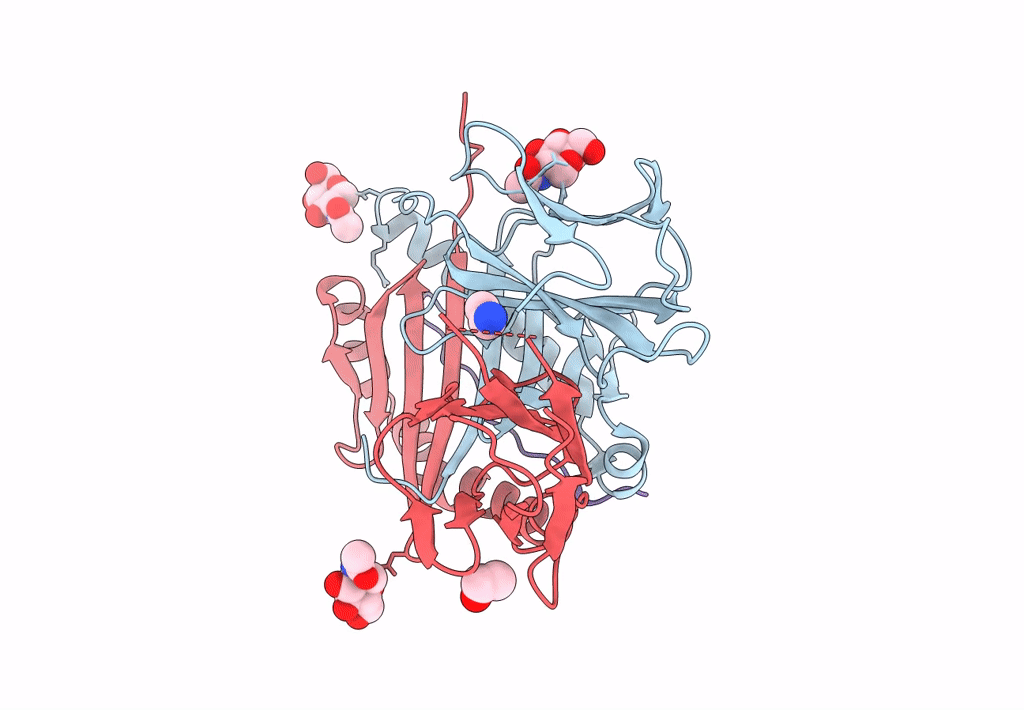
Deposition Date
2021-12-13
Release Date
2022-12-07
Last Version Date
2024-11-13
Entry Detail
PDB ID:
7T6I
Keywords:
Title:
Crystal structure of HLA-DP1 in complex with pp65 peptide in reverse orientation
Biological Source:
Source Organism:
Homo sapiens (Taxon ID: 9606)
Human cytomegalovirus (strain AD169) (Taxon ID: 10360)
Human cytomegalovirus (strain AD169) (Taxon ID: 10360)
Host Organism:
Method Details:
Experimental Method:
Resolution:
2.30 Å
R-Value Free:
0.22
R-Value Work:
0.18
R-Value Observed:
0.18
Space Group:
C 1 2 1


